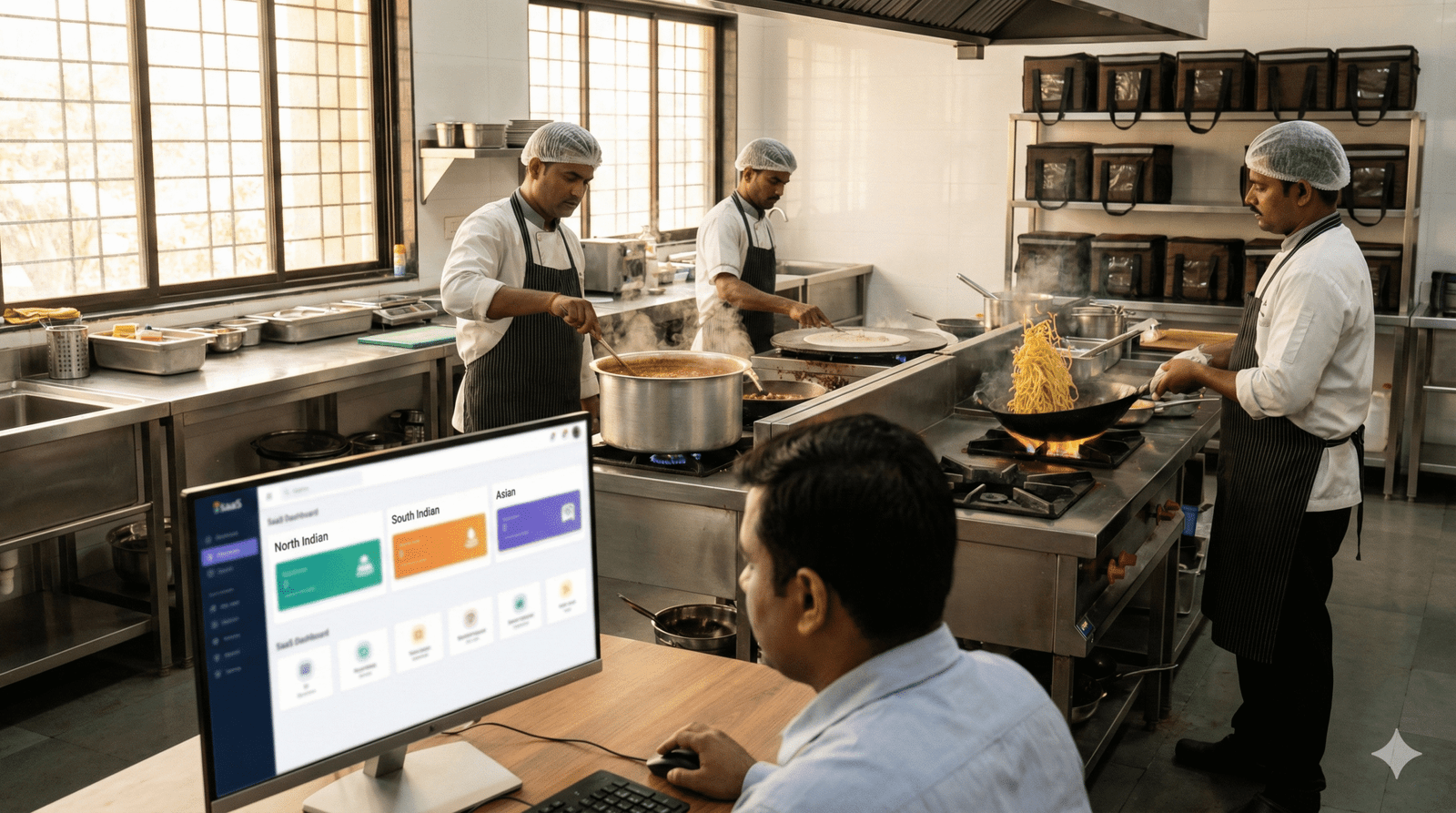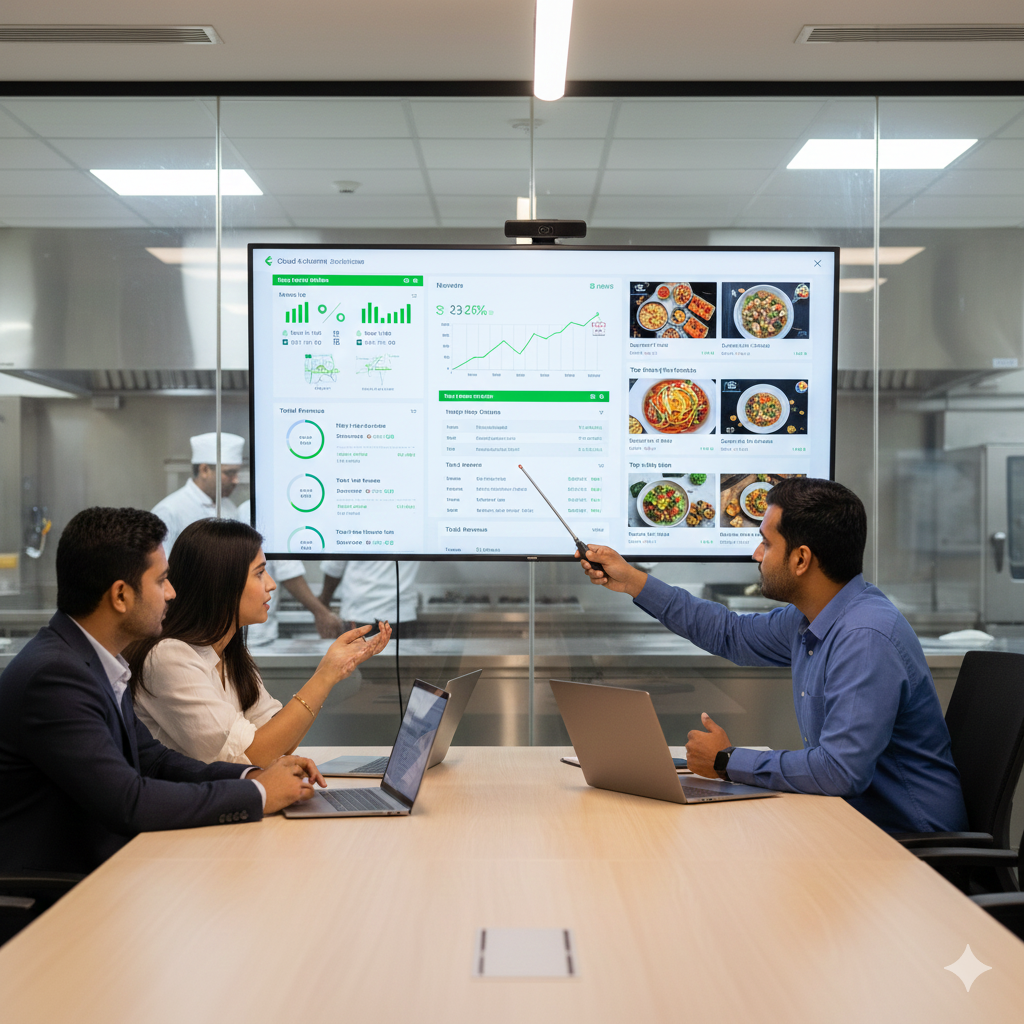In today’s fast-paced digital world, food businesses are constantly seeking innovative ways to stand out from the competition. A viral marketing campaign can catapult your brand to new heights, attracting customers, increasing engagement, and boosting sales. But what exactly is the secret to creating a Viral Marketing Campaigns for Food Businesses? In this article, we’ll explore key strategies that can help your food brand go viral and build lasting customer loyalty.
What is Viral Marketing?

Viral marketing is a strategy that leverages social media, word-of-mouth, and user-generated content to spread a message exponentially. When done right, viral campaigns can generate massive exposure in a short amount of time. For food businesses, this could mean more foot traffic, increased online orders, or widespread brand recognition.
But what makes a campaign “viral”? It’s not just about going viral for the sake of it—it’s about crafting content that resonates with your audience on an emotional level, compelling them to share it with others.
1. Create Shareable, Visually Appealing Content

Focus on High-Quality Visuals
Food is inherently visual, and people eat with their eyes first. High-quality, eye-catching visuals are key to getting your food business noticed. Whether it’s mouth-watering photos of your menu items or behind-the-scenes videos of your chefs in action, ensure your content is aesthetically pleasing and shareable.
Leverage Food Trends
Food trends can provide an easy way to connect with a larger audience. Whether it’s an Instagram-worthy dish, a unique food combo, or an innovative presentation, tying your campaign to current food trends can help you capture the attention of trend-savvy foodies.
Examples:
- Instagram Reels : Short-form video content is the perfect medium for showcasing your food in action. Think about creating fast-paced, fun, or even “ASMR” style videos to engage your audience.
2. Tap Into User-Generated Content

Encourage Customers to Share Their Experience
User-generated content (UGC) is one of the most effective ways to increase engagement and credibility. When customers share their experiences, whether through Instagram posts, stories, or reviews, they are essentially advocating for your brand. Encourage your customers to post photos or videos of their meals, using a specific hashtag or tagging your business.
Run Contests or Challenges
Interactive campaigns like contests or challenges are a great way to increase UGC. For example, you could ask customers to share creative ways they enjoy your food, or challenge them to make the most inventive dish using your ingredients. Offering a prize—like a free meal, discounts, or exclusive menu items—will incentivize participation and encourage more shares.
Example:
- #HotDogChallenge: Encourage your followers to post videos of themselves trying new hot dog toppings at your restaurant. Reward the most creative or funniest submission with a prize.
3. Collaborate with Influencers and Food Bloggers

Partner with Influencers
Influencer marketing has become one of the most powerful tools in the food industry. By collaborating with influencers, especially those with a large and engaged following, your brand can gain credibility and visibility quickly. Choose influencers who align with your brand’s values and target audience, whether they’re local food bloggers or national food personalities.
Leverage Micro-Influencers
While big-name influencers can offer substantial reach, don’t overlook the power of micro-influencers. Micro-influencers (those with a smaller but highly engaged following) often yield higher engagement rates and have more authentic connections with their followers.
Example:
- Influencer Tastings: Invite food bloggers or Instagram influencers to try your food and share their experience on their platforms. Their followers will likely want to try your restaurant after seeing their rave reviews.
4. Harness the Power of Humor and Emotion
Make Your Audience Laugh
Humor is a great way to create viral content. Funny, relatable, and witty campaigns tend to resonate with people on an emotional level, making them more likely to share it with their friends. Whether it’s through memes, funny captions, or playful videos, using humor can help humanize your brand and encourage viral sharing.
Appeal to Emotions
Food is an emotional experience, and tapping into that emotion can make your campaign more relatable and shareable. Whether it’s a heartwarming story behind your business or a charity-driven initiative, emotional connections drive people to share and talk about your brand.
Example:
- Humorous Social Media Posts: Use clever food-related puns, jokes, or memes that people can relate to. A lighthearted post about an ingredient disaster gone wrong can spark laughter and conversation.
5. Create a Limited-Time Offer or Exclusive Item

The Power of Urgency
One of the most effective ways to drive traffic to your food business is by creating a sense of urgency. Limited-time offers or exclusive menu items can create excitement and prompt customers to act quickly. Whether it’s a seasonal dish, a holiday special, or an exclusive flavor, making something only available for a short period increases the perceived value and encourages immediate action.
Example:
- “Secret Menu” Items: Introduce a secret menu that’s only available for a limited time or via social media. This makes the item feel exclusive and creates a buzz around your brand.
6. Run a Social Media Ad Campaign to Amplify Your Reach

Target the Right Audience
Paid social media ads can complement organic content by amplifying your message. Use platforms like Facebook, Instagram, and TikTok to target specific demographics, whether it’s age, location, or interests. Create compelling ads that encourage viewers to share or take action immediately.
Remarketing Campaigns
Leverage remarketing ads to target people who have engaged with your social media pages or visited your website. This helps remind them of your brand and increases the chances of them returning for a purchase.
7. Make Your Campaign Interactive

Host Virtual Events or Live Streams
Live streaming is a great way to engage with your audience in real-time. Host a live cooking demonstration, a virtual food tasting, or a Q&A session with your chef. Interactive live sessions allow customers to interact with your brand and feel involved in the experience, making it more likely they’ll share the content.
Create Polls or Quizzes
Interactive polls or quizzes on Instagram or Facebook can engage your audience and encourage participation. For example, ask followers to vote for their favorite topping, flavor, or new menu item. This not only increases engagement but also gives you insights into your customers’ preferences.
8. Be Authentic and Transparent
In a world filled with overly polished content, authenticity is refreshing. People want to connect with brands that are genuine and transparent. Share the story behind your food, your sustainability efforts, or the people who make your food. Being real and open helps build trust and rapport with your audience, which is crucial for creating a viral campaign that lasts.
Example:
- Behind-the-Scenes Content: Show your team preparing meals or sourcing ingredients from local farms. This gives your brand a human touch and makes customers feel more connected to your business.
Read More : 10 Viral Tips Online to Skyrocket Your Digital Presence
Creating Viral Food Content for Your Restaurant, Café, or Cloud Kitchen
Conclusion: Crafting Viral Campaigns with a Purpose
Creating a viral marketing campaign for your food business is about more than just getting attention—it’s about creating a lasting connection with your audience. By combining creative content, authentic messaging, and a strong social media strategy, you can build campaigns that go beyond viral and turn into customer loyalty. Remember, the key is to keep it fun, engaging, and true to your brand’s values.
FAQ’s
Q1. How do I know if my food marketing campaign is going viral?
Track metrics like social media shares, engagement rates, and website traffic. If your content spreads quickly and reaches a wide audience, it’s likely going viral.
Q2. How often should I post content to go viral?
Consistency is key. Regular posting, combined with high-quality, shareable content, increases your chances of gaining viral attention.
Q3. What social media platforms are best for food marketing?
Instagram, TikTok, and Facebook are the most popular platforms for food marketing due to their visual nature and highly engaged user bases.
Q4. How can I make my food products look more appealing online?
Use high-quality photography, highlight textures and colors, and focus on creating close-up shots to showcase the details of your food items.
Q5. Is influencer marketing effective for food businesses?
Yes, collaborating with influencers can greatly increase your visibility and credibility, especially when you partner with influencers who align with your target audience.





